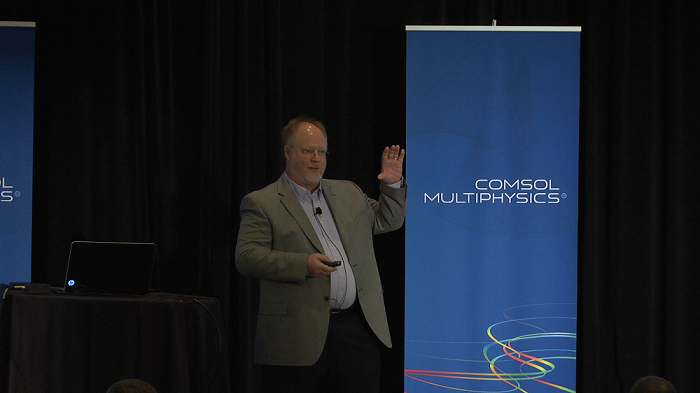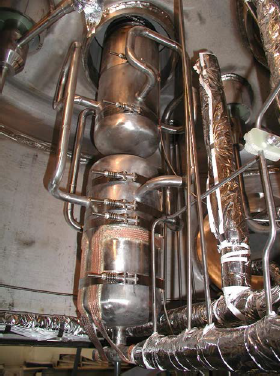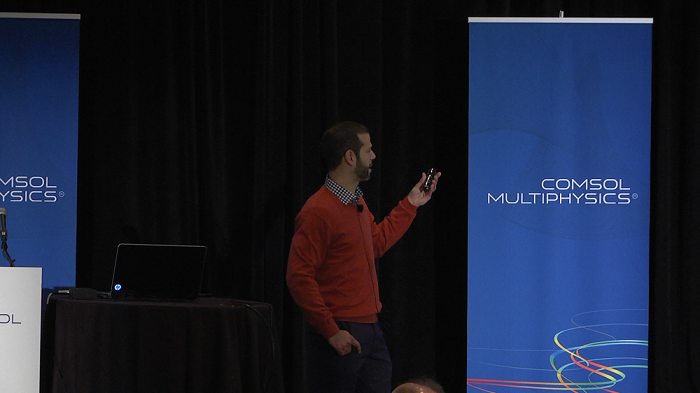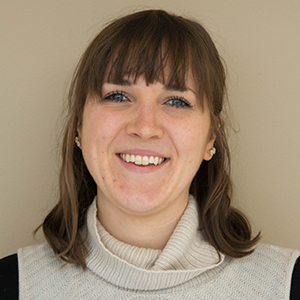
Attendees at the COMSOL Conference 2014 Boston had the opportunity to hear keynote speeches from COMSOL Multiphysics® simulation software users Oak Ridge National Laboratory and WiTricity. Both engaging and highly informative, these presentations offered an interesting mix of notable multiphysics applications.
Oak Ridge National Laboratory (ORNL)
James D. Freels was the first keynote of the day at the COMSOL Conference 2014 Boston. In his presentation, Freels shared his experiences from his days as an engineering student to his current role as a Senior Research Staff member at Oak Ridge National Laboratory. He presented some of their simulation work in the design upgrades and fuel conversion efforts of the High Flux Isotope Reactor (HFIR).

Keynote speaker James D. Freels of Oak Ridge National Laboratory.
Choosing a Career in Simulation
When Freels began his undergraduate career at the University of Tennessee, Knoxville in 1972, his vision for a career in engineering was clear. His initial inspiration to pursue simulation, however, came about his senior year in Nuclear Engineering. In a lab course, Freels compared pulse experiments on a Health-Physics Research Reactor at ORNL to simulations with FORTRAN code provided to the students. This experience left him both impressed and fascinated with the idea of simulating real-life occurrences.
Over the years, Freels recognized the need for improvements in simulation codes and continued to seek out an ideal computer code for simulations. This pursuit led him to the COMSOL® software, which is now being actively used in ORNL’s research and development.
Improving the Design of Major High Flux Isotope Reactor Components
Operating since 1966 and now at a thermal power of 85 MW, HFIR is the highest flux reactor-based source of neutrons for research in the United States, and it provides one of the highest steady-state neutron fluxes of any research reactor in the world. The original purpose of HFIR was to produce radioactive isotopes, irradiation materials testing, and neutron activation analysis.
Today, the main emphasis includes the advancement of science through neutron scattering. The thermal and cold neutrons produced by HFIR are used to study physics, chemistry, materials science, engineering, and biology. The intense neutron flux, constant power density, and constant-length fuel cycles are used by more than 500 researchers each year for neutron scattering research into the fundamental properties of condensed matter.
In a 2004 redesign project, ORNL turned to COMSOL Multiphysics for the development of a hydrogen cold-source pressurizer component. By simulating surface temperature distribution and internal natural convection flow streamlines, the team was able to create a more efficient pressurizer — one which has operated successfully for more than seven years.

Slide taken from the keynote presentation and provided courtesy of Oak Ridge National Laboratory (Copyright (C) 2014 Oak Ridge National Laboratory).
Simulation has been used to analyze the performance of many other components and physics associated with the operation of the HFIR, including thermal-structure interaction with or without contact, fluid-structure interaction, non-isothermal turbulent flow, gas-gap conductance, and multidimensional space-time reactor kinetics.
The Conversion of HFIR to LEU Fuel
In a recent blog post, we highlighted ORNL’s use of simulation to explore designs that would allow for a safe conversion of HFIR to low enriched uranium fuel, as required by a National Nuclear Security Administration initiative.
During his presentation, Freels emphasized the value in this approach and how it has supported the conversion process. With simulation, they could visualize various types of multiphysics interaction including fluid flow, fuel-plate and coolant heat transfer, and structural response due to thermal expansion and fluid interaction. The results of these analyses are a valuable resource in addressing safety issues such as hot spots, reduced flow, and buckling potential.
Tip: Watch the keynote presentation video here.
Keynote presentation "With COMSOL, that time is now" is a spin-off from Jim Freels' @IEEESpectrum article #COMSOLconf14
— COMSOL (@COMSOL_Inc) October 9, 2014
WiTricity
Andre Kurs of WiTricity later took the stage, reflecting on the importance of modeling and simulation in their development of wireless electricity.

Keynote speaker Andre Kurs of WiTricity.
A Movement Toward Wireless Electricity
WiTricity, a start-up company headquartered here in Watertown, MA, first began as a research project at MIT. In this project, researchers successfully powered a light bulb wirelessly across a room with a magnetic coil.
Since its founding in 2007, the company has built upon this innovative idea, working to make wireless power transfer technology over mid-range distances a reality. With efficient power transfer, wireless electricity can effectively charge mobile devices, laptops, electric cars, and even implantable medical devices, such as left ventricular assist devices and cochlear implants. With their dedication to developing wireless electricity, WiTricity notably earned a spot in “The 25 Best Inventions of 2014” in TIME magazine last month.

Slide taken from the keynote presentation and provided courtesy of WiTricity (Copyright (C) 2014 WiTricity).
From Concept to Prototype
The technology behind the company’s products is based on highly resonant wireless power transfer technology. As noted by Kurs, this “essentially comes down to designing pretty good resonators.”
WiTricity’s resonators are typically comprised of at least one winding that is made of an electrical conductor. These devices may also feature magnetic material designed to redirect the magnetic field as well as metallic surfaces that provide electromagnetic shielding. A crucial element to consider in the development of an efficient resonator is electromagnetic design.
To address this element of design, the team turned to finite element modeling in COMSOL Multiphysics®. This allowed for greater flexibility in research and development, offering the opportunity to test more far-reaching ideas and add complexity to the model when necessary. In addition to MATLAB® integration via LiveLink™ for MATLAB®, the software was valued for the ability of its solution data to account for human safety and electromagnetic interference.
WiCAD®
These capabilities were incorporated into the WiCAD® simulation environment, WiTricity’s software for designing a wireless power transfer system. This product was designed to allow the company’s partners to accelerate their own research and development efforts by having the ability to customize their own designs and bring their products to the market more quickly.
“A large part of what made WiCAD® possible in its current form is our experience with COMSOL® and the way that use of COMSOL® evolved over time and COMSOL’s own evolution,” said Kurs.
Right now: Keynote speech on wireless electricity by Andre Kurs from @WiTricity #COMSOLconf14 #Boston
— COMSOL (@COMSOL_Inc) October 9, 2014
Concluding Thoughts
The COMSOL Conference 2014 Boston was a great success. It was exciting to learn about the projects of our users and how modeling and simulation has helped in their research efforts.
MATLAB is a registered trademark of The MathWorks, Inc.
WiCAD is a registered trademark of WiTricity Corporation.




Comments (0)